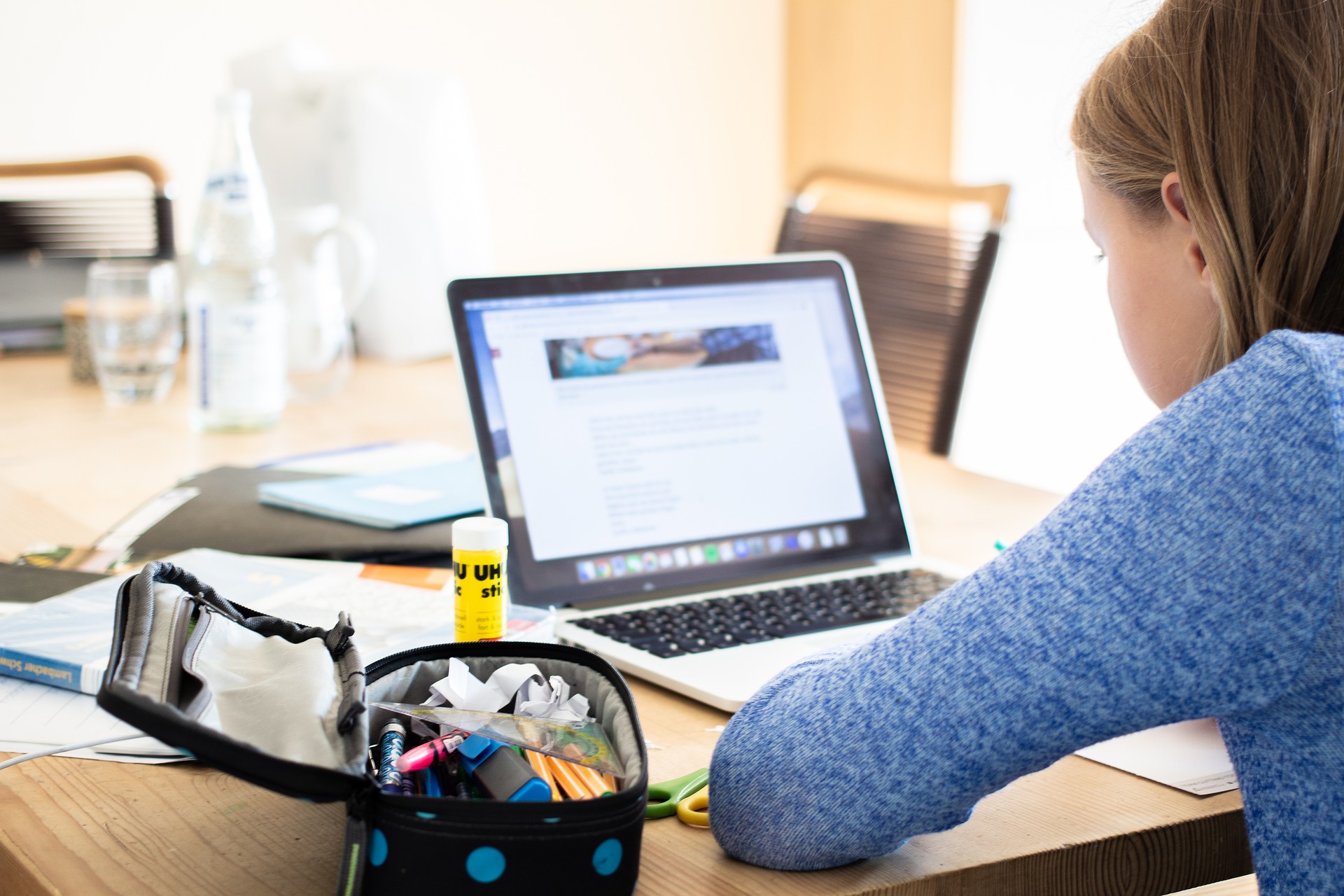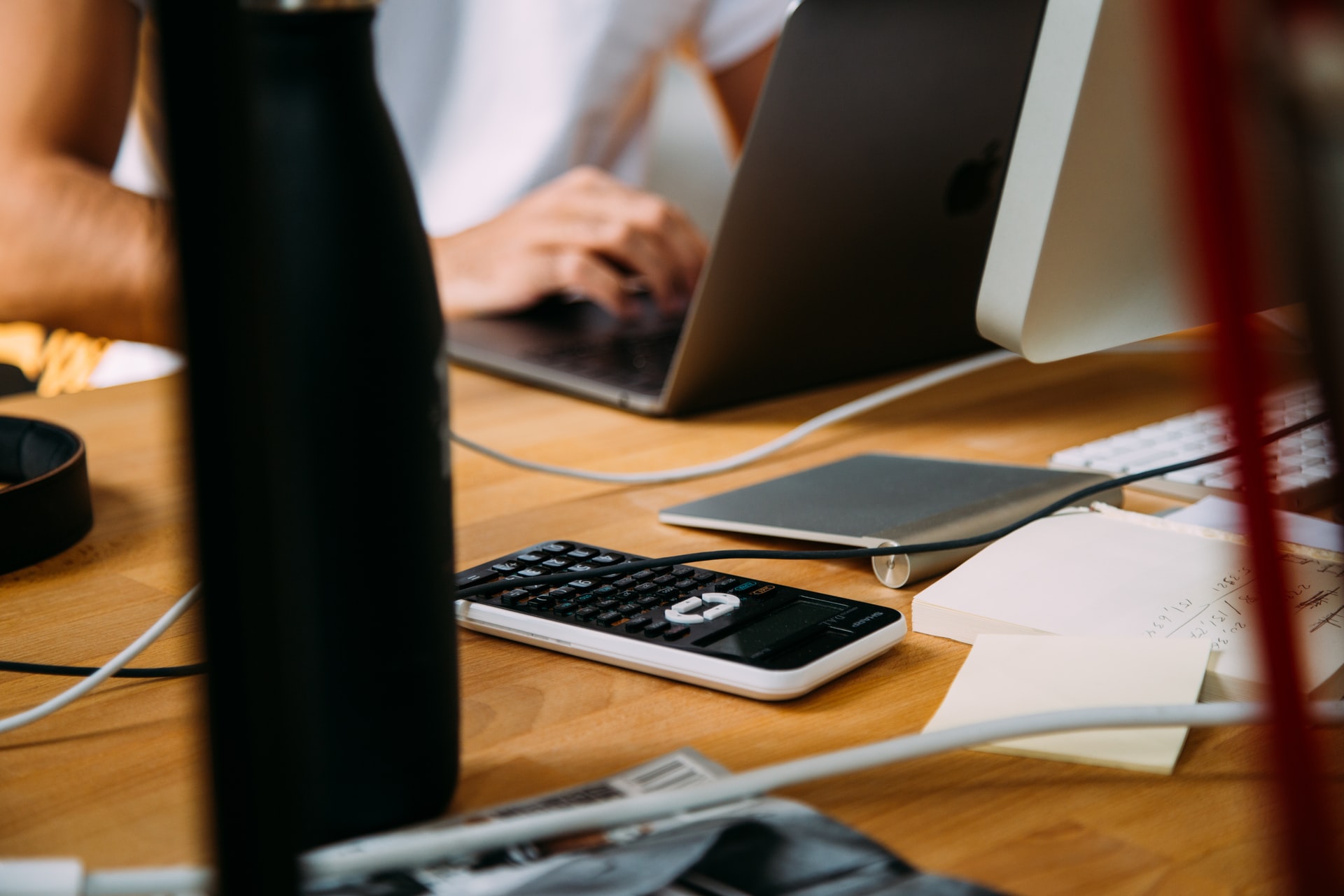
Stress from work is commonly felt when you lose grip on the things you are trying to control. This can cause a lot of issues and may affect overall work performance. Stress is manifested in some physical discomfort such as pain in the shoulder and neck, stomach ache, headache or worst migraine.
Stress is inevitable and this is the part of life that needs to be dealt with proactively. Stress can make you upset, irritable, and sometimes even too sick to move or even go to work. Some of us have jobs that follow the "no work, no pay" type of employment and it can be even more disheartening to see a smaller paycheque from stress-induced absences. Fortunately, there are ways to deal with stress.
How do you deal with stress? Fortunately, there are some simple ways to deal with it. Note that I didn't say 'easy', I said 'simple'. You have to actually READ and LEARN what to do, but even more importantly, you have to PRACTICE it regularly. You will probably read some of these things and say, "of course! I can do that". But like many things in life, it's all about doing it; it's all about the execution and the follow-through.
The great thing is that many of these things will only take a small amount of your time to initiate. In 10 minutes or less, you can do basic things that will dramatically alter your mood from anxious to pensive to a productive state.
Standing to Work
The first thing you need to do is maintain a regular physical movement or activity at work. It also means avoiding static work when needed. Meaning you do not sit all day in front of your monitor without an intention to stand and stretch in between breaks. Why?
Sitting all day means inviting sickness that can be costly and fatal when left unattended. What are those? Choose from cardiovascular diseases, type II diabetes, colon cancer, obesity, and muscular atrophy because of a lack of physical activity.
What do you do next? If standing while working is a new thing for you, start slow by using a standing desk or standing desk converter and create a sit to stand workspace. Start with a 10-minute stand then extend your standing time until you will get used to standing. Sitting will be used only when you need to take a rest, or when a task requires it. When you need a new dose of energy, standing will give you enough push to stay alerted and focus in a day’s work.
Practice Breathing Exercises
If you find yourself about to lose your temper because of your affectless co-workers or formidable customers then you need to perform breathing exercises. As Queen Elsa said “let it go” and release the tension. A technique called abdominal breathing exercises is best performed when under stressful circumstances such as beating a deadline, collaborative meeting with the creatives, or a new task that can demand a quarter of your personal time.
The method is clearly described in an article written by Jordan Shakeshaft. “With one hand on the chest and the other on the belly, take a deep breath in through the nose, make sure the diaphragm (NOT the chest) inflates with the right amount of air and will stretch (in) the lungs. “ Your goal is to make at least six slow and deep breaths for 10 minutes every day. You will soon realize you tend to have an increased awareness of your reaction to unwelcome work-related situations.
Take a Nap
Applause is given to employers who allow their workers to take a nap (NOT sleep) as they see the benefits it can give such as a boost in productivity and an increase in focus and alertness. Google takes the lead in promoting nap time. If your company does not encourage a culture of napping, create one for yourself. During your lunch break make it a habit to have a 10-minute nap and feel the difference in your perspective and energy level when you are approaching the 3 o'clock (tired) time at work.
Try these tested Stress Busters, and let us know if you have any other relaxation exercises that work for you!





